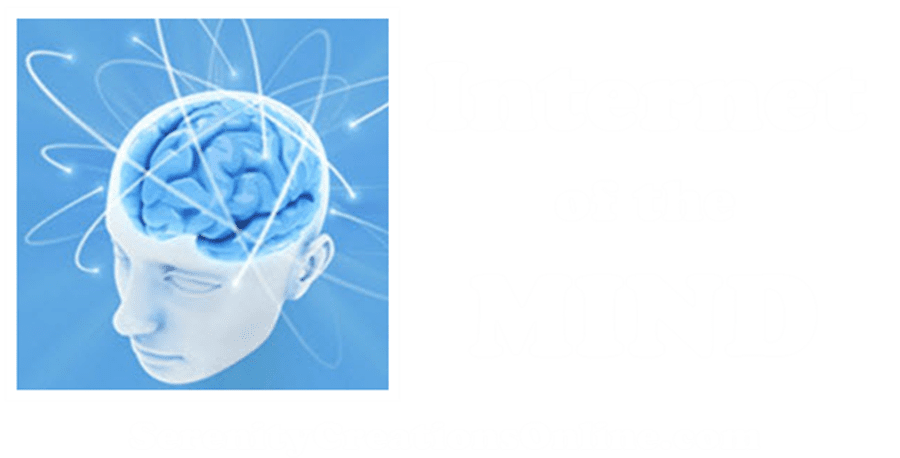
Cognitive Behavioral Therapy
Cognitive Behavioral Therapy Model
Basically, Cognitive Behavioral Therapy presupposes that it’s our interpretation of events, rather than the events themselves, that cause the negative emotional and/or behavioral consequences we experience in a given situation. In the chart below are the elements of subjective experience upon which Cognitive Behavioral Therapy focuses:
Cognitive Behavioral Therapy Elements of Subjective Experience
- A = Activating event (Trigger)
- B = Belief about the event (A) (The movie we make)
- C1 = Emotional Consequence (Resulting emotional state)
- C2 = Behavioral Consequence (Our actions or reactions)

Our resulting emotional state (C1) has an impact on the actions we choose or the reactions that chooses us… Our actions are proactive behavioral choices (C2) that we make about how to respond after first considering all the available options. Our reactions are reactive behavioral choices (C2) that we act-out automatically when triggered.
Reactive responses are grounded in limiting or irrational beliefs (B), also known as cognitive distortions in Cognitive Behavioral Therapy language. All of the elements of these reactive “buttons” that get pushed exist in our subconscious mind on well-established networks or programs that run automatically on cue… all of the thoughts, beliefs, feelings, memories, self-talk, and even the physiology is part of the network.
Cognitive Behavioral Therapy does not necessarily concern itself with why we have the beliefs or where they came from… Rather it seeks to identify, dispute, and refute them so they can be replaced with more accurate and rational beliefs. Once faulty beliefs are replaced, the emotional state of the individual is more manageable and congruent with the situation in question.
CBT- Automatic Negative Thoughts (ANTs)
In his book “Change Your Brain, Change Your Life”, Daniel Amen, MD describes cognitive distortions as Automatic Negative Thoughts – “ANTs” for short. He paints a graphic picture when he suggests that we think of these automatic negative thoughts as little ants crawling around in our brain.
He takes the analogy further by reminding us what happens when we pick up an empty can or container that is full of ants… they tend to crawl out of the container…onto our hands…up our arms… and as far as we will let them go. Usually, we don’t let them go very far before we begin brushing and flicking them off. Dr. Amen suggests avoiding negative people because… “their ANTs might mix with our ANTs and start mating and reproducing”.
CBT – Testing for ANTs
There are several cognitive behavioral therapy methods of evaluating the quality of our beliefs to determine if they are useful to us. Irrational beliefs do not stand up to rational examination. Often only a few questions will be enough to identify a limiting or irrational belief. Below are some questions we can ask in order to identify limiting beliefs that we may want to challenge or dispute:
NLP – The 4 Questions for Challenging Limiting beliefs (Dilts)
- How do you KNOW this belief is true?
- What are the present and future positive benefits of holding this belief?
- What are the present and future negative consequences of holding this belief?
- What does this belief say about you? Others? The world?
Rational Behavioral Therapy (RBT) – The 5 Rational Questions (Maultsby) (3 “no’s” = Irrational belief)
- Is my thinking here factual?
- Will my thinking here best help me protect my life and health?
- Will my thinking here best help me achieve my short-term and long-term goals?
- Will my thinking here best help me avoid most undesirable conflicts with others?
- Will my thinking here best help me feel the emotions I want to feel?
ANTs and the ABC’s
If your beliefs do not stand up to the above tests you can be sure they belong to a network that no longer serves you well. These old networks may have served a very important purpose at some other point in your life but they need to be updated now. Once we identify the beliefs we want to change we can begin to apply CBT and NLP techniques to make the desired change or, at a minimum loosen their grip, in preparation for change.
Here are two examples of change with CBT techniques
Problem #1:
- A = Activating event – Hear a loud noise while sleeping
- B = Belief about the event – Movie of someone breaking in (Catastrophizing)
- C1 = Emotional Consequence – Panic and Fear
- C2 = Behavioral Consequence – Call the police who come out and find a cat knocked something over on the back porch… again.
Solution:
- A = Activating event – Hear a loud noise while sleeping
- B = Belief about the event – Stop the Movie & remind yourself… “don’t do your pain in advance – It could be anything”
- C1 = Emotional Consequence – Normal anxiety, but no panic
- C2 = Behavioral Consequence – Carry a big stick and go check it out… find a cat knocked something over on the back porch
Problem #2:
- A = Activating event – someone giggles while you are sharing your thoughts in a meeting.
- B = Belief about the event – Movie of “they are laughing at me” (Personalizing)
- C1 = Emotional Consequence – Anxiety and humiliation
- C2 = Behavioral Consequence – abruptly stop talking and shut down without finishing your thoughts, everyone wonders what’s wrong but you won’t tell them.
Solution:
- A = Activating event – someone giggles while you are sharing your thoughts in a meeting
- B = Belief about the event – Stop the Movie and remind yourself… “I wonder what they are thinking about, Maybe they are remembering something funny”
- C1 = Emotional Consequence – Curiosity and normal annoyance
- C2 = Behavioral Consequence – go on talking and finishing your thoughts, not an issue




